There are so many Robin pictures in this post that I decided to link it to Robin’s blog Witlessdatingafterfifty 🙂 Please visit and follow!
So, I met this handsome little Robin, distracted him with a small talk and took out my camera. I kept talking and shooting, and he didn’t mind much and didn’t fly away because he was in his mid-moult at that time. It takes energy to build new feathers…
… and it is itchy too.
Robin changed his position and turned back to see if I still was there.
I still was. He looked at me disapprovingly, and I quietly retired blowing him a kiss for a ‘thank you’.
Here is another example of moulting – a grasshopper ‘skin’ we found in the backyard.
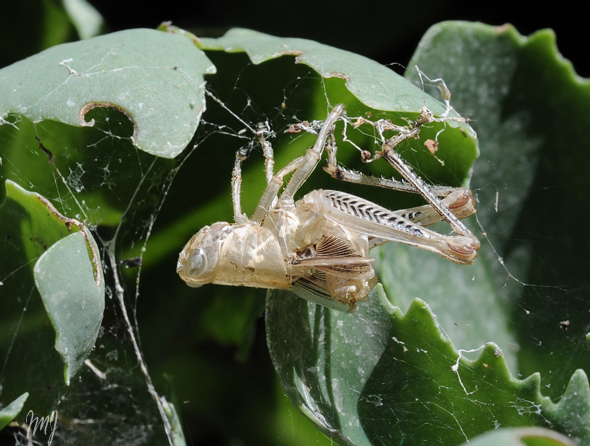
It is not a skin, of course, but his exoskeleton. To know more about grasshopper moulting, watch this short video accompanied by romantic music. 🙂
I saw this colorful piece of land in my car window and made a note to visit it on my way back. It wasn’t easy to find it again but after the series of U-turns I finally parked on the opposite side of the road and took many photographs for a future use.
In this meadow, there are three weeds in bloom: Meadowsweet, Purple Loosestrife and unwelcome Ragwort.
This is Meadowsweet, a very popular herb of many uses I wrote about in my blog in 2014.
The other plant is Purple Loosestrife. This is a closer look. Loosestrife is a very effective cure in case of chronic diarrhea and dysentery.
From a distance, Loosestrife looks very similar to Rosebay, another great herb. If you struggle to put a name to a plant, here is a very good website Irish Plants by Color.
The Ragwort seems like being good for nothing since it is toxic for the cattle and horses. Yet, Ragwort provides food and home for at least 77 species of insects, including Cinnabar moth.
Cinnabar moth’s larvae absorb toxic and bitter tasting alkaloids from Ragwort, and predators don’t eat them.
Another two little creatures I want to share – a funnel weaver spider…
… and a hunting wasp Ammophila.
Both insects are great builders. Ammophila wasps even use small pebbles to hammer the earth when they make their nests. They hold the pebbles in their jaws.
Some creatures and plants are so amazing, that they get immortalized in mythology. Like Fern. Or, rather, Fern Flower. This magic flower from Finnish, Baltic and Slavic mythology can be found around the Summer Solstice. According to different myths, it can either give you an access to earthly riches and hidden treasures, or be a symbol of fertility and relationship, and searching for the fern flower in the dark of the shortest night of the year is a big part of celebration.
In fact, ferns are not flowering plants. However the clusters of sporangia of Royal Fern do resemble flowers. Especially in the dark 🙂
Such fern grows in the Carey Castle woods, where I took this photograph. It wasn’t exactly the Summer Solstice night though 🙂
James Herriot, the most famous veterinary surgeon, was born 100 years ago, on October 3rd 1916. If you didn’t read his books yet, please do! I celebrated his birthday by rereading All Creatures Great And Small.
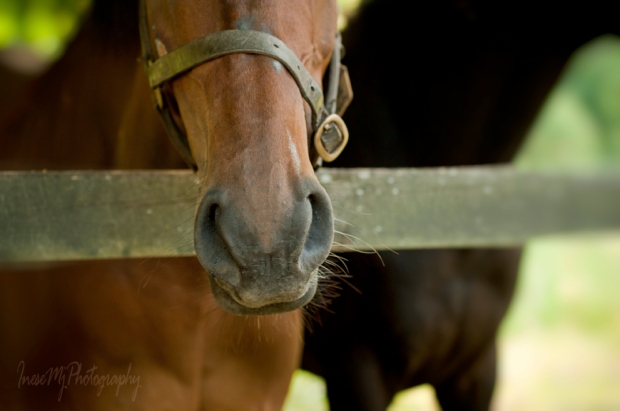
Thank you for stopping by ! 🙂
 Have a wonderful weekend!
Have a wonderful weekend!

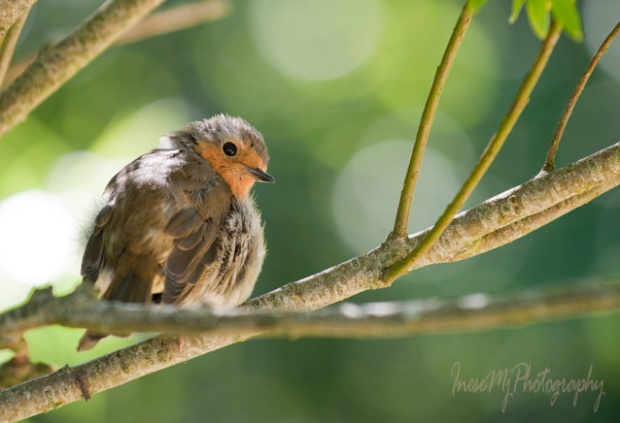
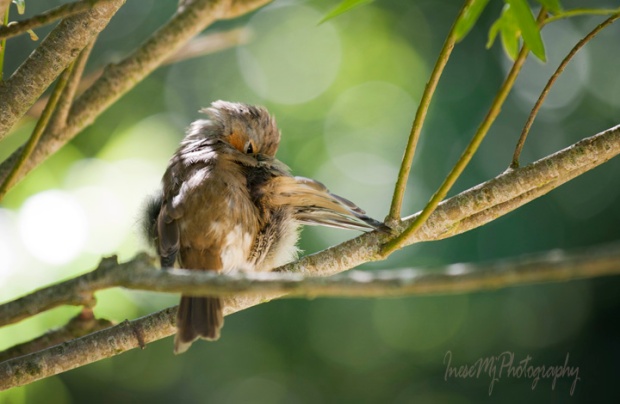
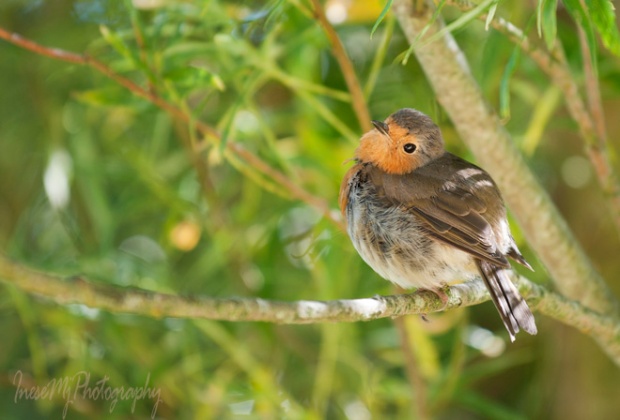
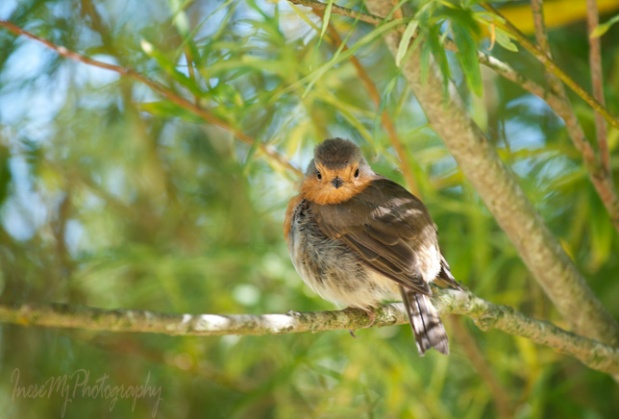
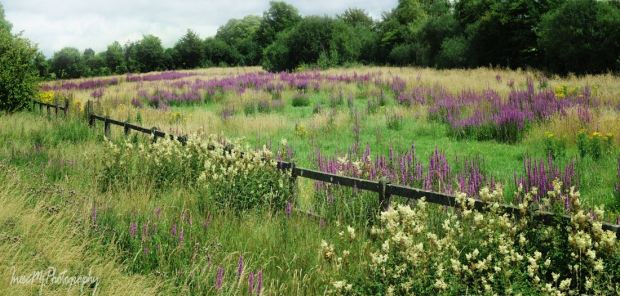
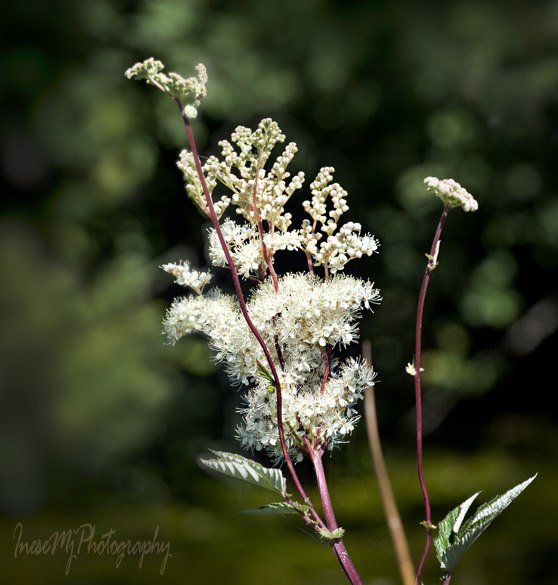
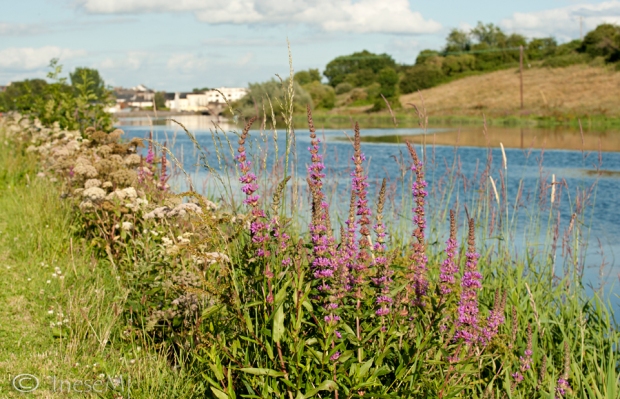
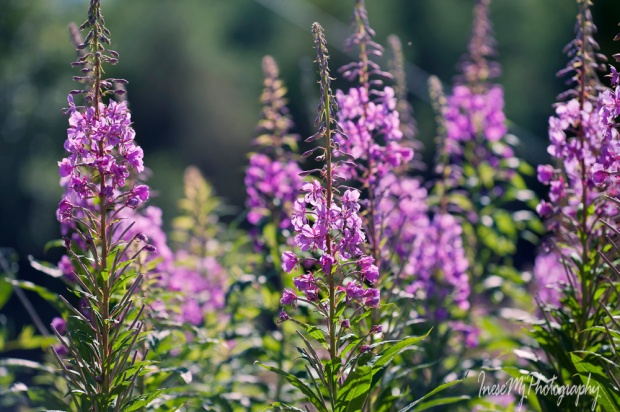
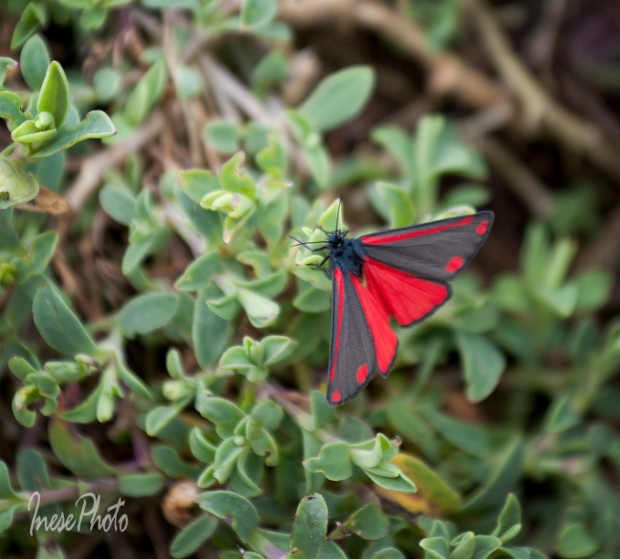
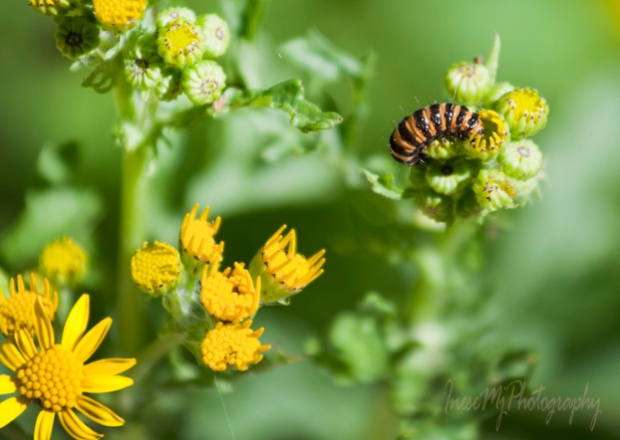
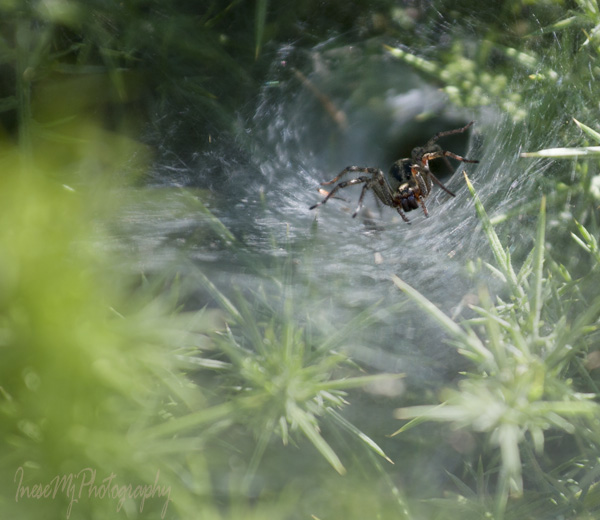

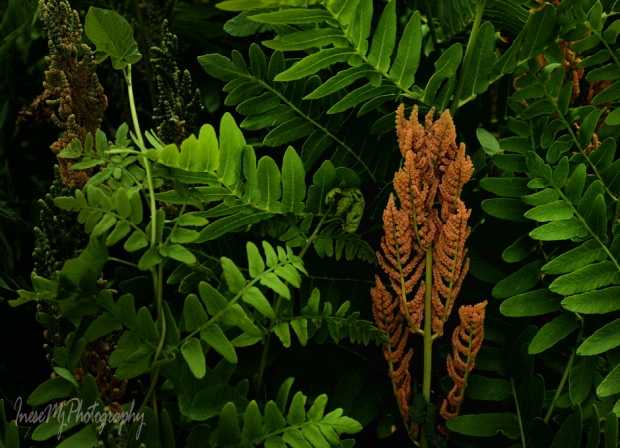
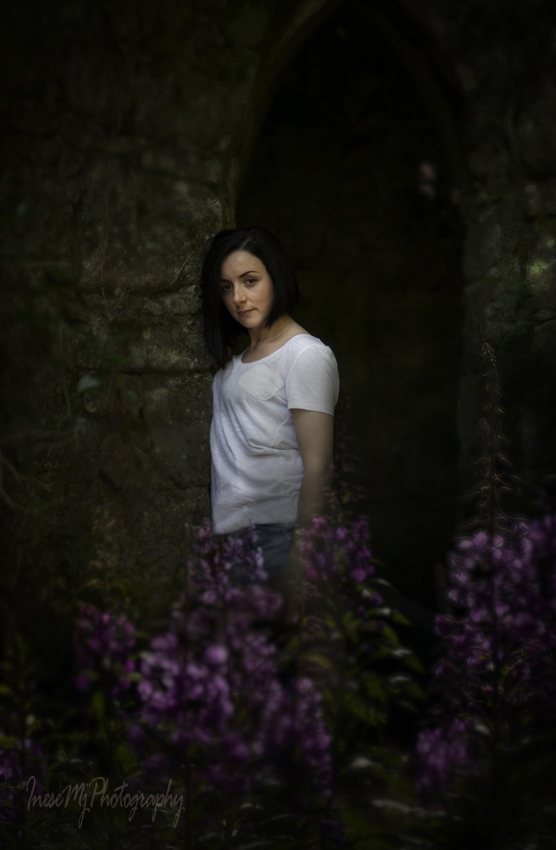
So very, very beautiful, Inese! You´re pictures are just stunning! 🙂 And thank you so much for all the additional information about plants, herbs etc, I just love those! And I´ve never seen a cinnamon moth before, it´s just so georgeous! And that little robin just stole my heart… 😀 Thanks also for the book recomendation – I´ll definitely see if I can get a copy! Have a very beautiful sunday, my dear friend! Hugs&Kisses! 🙂
Thank you so much for your visit, Sarah. It is much appreciated because I know how busy you are. xxxxxxx
You´re very welcome, Inese, and it´s always such a tremendous pleasure reading your lovely posts, I wouldn´t miss it for anything in the world, my dear friend!!! No matter how busy I might be! I kind of got addicted to your beautiful photographs and writing… 😀 xxxxxxxxxxxxxxx ❤
You are too kind, Sarah! ❤
Nah, that´s not kindness, that´s only the truth (which luckily does not always hurt 😉 )! xxxxxx
xxxxxx
Absolutely love your captures of Robin <3, but of course they are all great and a joy to watch! 🙂
Thank you! 🙂
Absolutely gorgeous!!
Thank you so much, Jadi!
I love your photography, this one is excellent.
Thank you so much Bob. Your comment means a lot. Robin is one of the few birds that let me close enough for a picture 🙂
Extraordinary images Inese.
Thank you, Maria!
Your photos are incredibly stunning Inese!
Thank you, love! xx
Welcome sweet lady 😊
Fantastic photos again Inese, I especially love the narrated robin series. The three weed meadow looks wonderful.
Thank you! Some places just catch your eye with their simple beauty.
Amazing shots, along with beautiful description. ❤ 🙂
Robin was my favorite. 😀
Thank you so much!
What great shots of that little robin. He looks to be a right little ‘poser’ lol. Your photography is fabulous, Inese.
Thank you so much, Jean! Have you moved to Co Cavan yet?
Not yet, Inese. We are working on the house in stages, as each month’s money comes in. I think it will be near enough to next summer before we make the move there. Still, I can’t complain, I’m living in the Sunny South East. 🙂
Sunny indeed, the autumn was splendid.
We have a robin who lives in our garden and is always happy to stop and pose for a while. He’s started to look a bit moth-eaten recently, we hope that he’s just moulting and not getting too old. Robins are so charismatic and friendly, I’d be sorry to see him go.
Also, that grasshopper skin is incredible!
Thank you so much! I too hope your Robin still has a good long life to live. They are friendly and happy birds.
We have found more skins like this one. There are hundreds of grasshoppers in the front yard for the young children to observe.
A wonderful mix of photos and interesting snippets about nature. Around where I live, it’s the red soldier beetles that congregate on the ragwort in particular, although I have seen the occasional cinnabar moth on it, too.
Thank you Sarah! It is why they are red – they are warning the birds, saying them that they are not edible 🙂
Such a beautiful post dear Inese… I especially like how you capture the little Robin´s successive movements…Lovely!… Wishing you a great weekend ahead ❤ Aquileana 😉
Thank you so much dear Aquileana! In your blog, you have written about the beauty of the nature, and I really enjoyed it. Have a wonderful weekend! xx
Beautiful photos, whether of robin or other subjects.
Thank you so much, Otto!
I always enjoy taking a few moments to look at your beautiful photography and read about the places and things your camera takes you.
Thank you so much! Don’t have to travel far away to meet someone wonderful, like that little Robin 🙂
A lovely, interesting post!
Thank you Cynthia!
Reblogged this on KCJones.
Thank you so much for the reblog!
Thank you for writing a great blog
xx
Such amazing moments on the little things…Lovely as always, Dear Friend. 🙂 xxx
Thank you Jean! 🙂 They are lovely birds, and I love American robins too.
You know how joyful the song of a bird is in the morning when you wake up and for a moment, you can almost believe he’s singing just for you? Well, the robin in your post actually had you talking directly to him — I’m sure he found joy in that! I know I would. Lovely post and photos, Lady Inese.
Thank you so much for your sweet and poetic comment, Dead D! I am very grateful that we share the same world with birds. I wish they were as happy about us humans as we are about them. xxxx